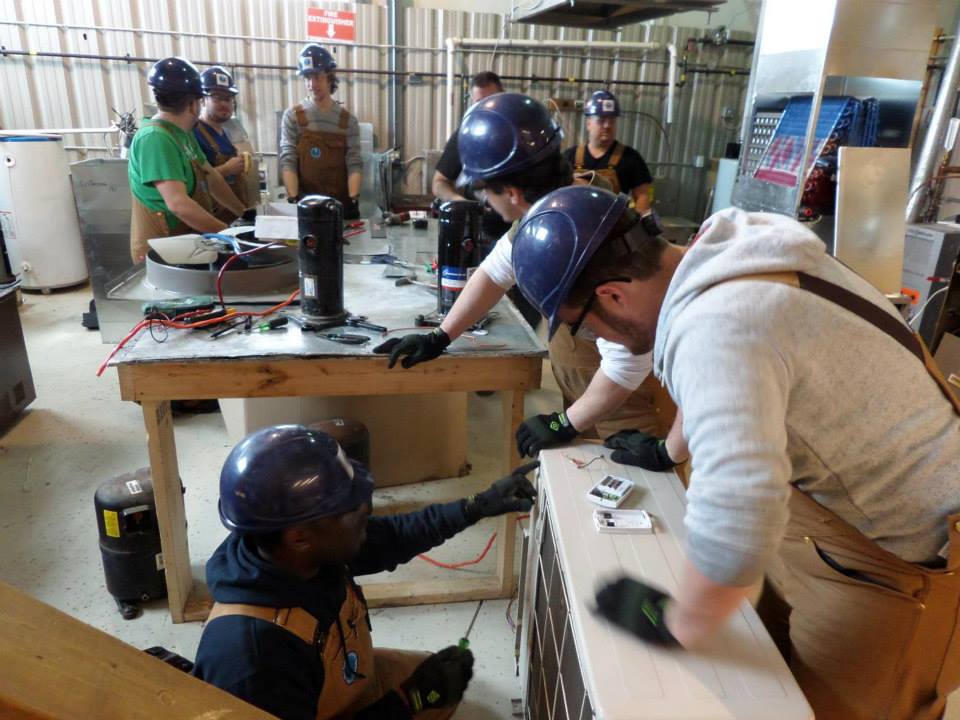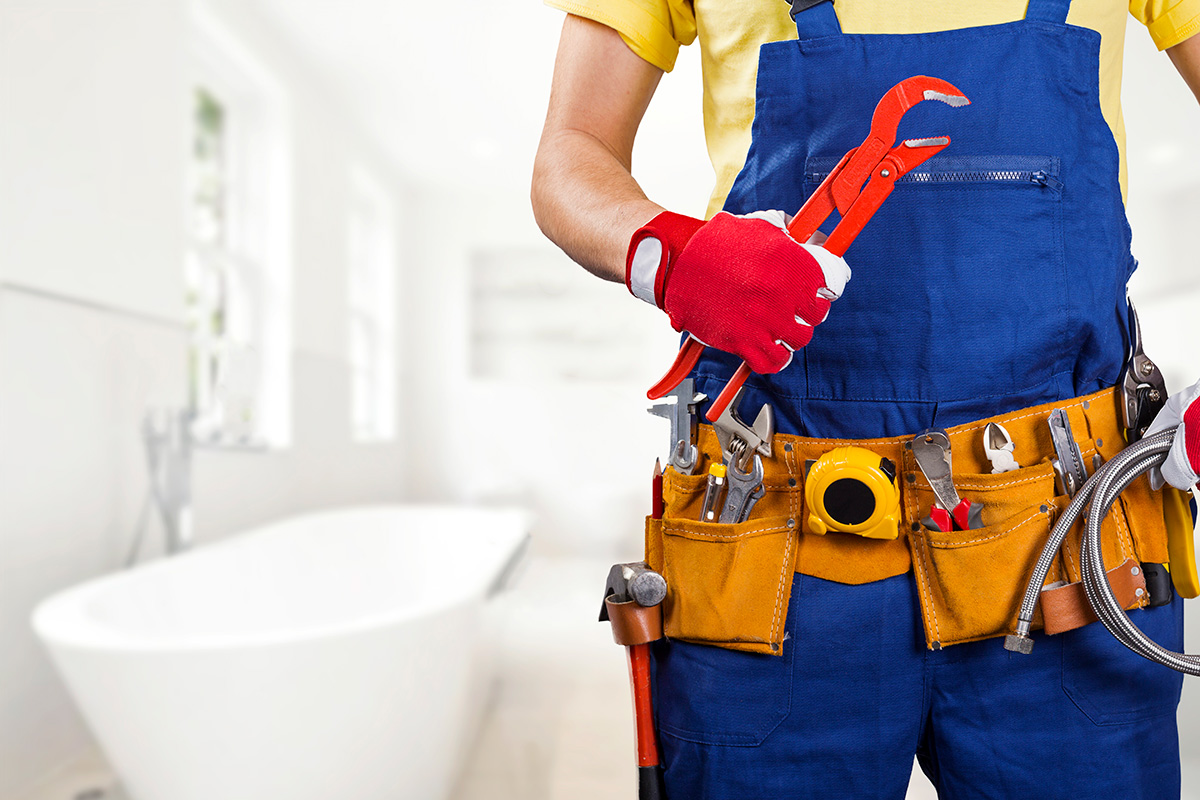Complete Plumbing Alabaster AL Solutions for Your Home
Complete Plumbing Alabaster AL Solutions for Your Home
Blog Article
A Detailed Overview to Effective Water Heating Unit Installation for Optimum Efficiency
Beginning on the job of installing a water heating unit is an endeavor that requires precision and a methodical strategy for accomplishing optimum performance. As you continue, the intricacies of linking water supply lines and setting up trusted electrical or gas links wait for, promising understandings into making certain efficiency and dependability.
Picking the Right Hot Water Heater

Following, consider the size and ability of the hot water heater. It's crucial to assess your home's warm water demands, which can vary based on the number of passengers and their usage patterns. A system that's too little may lead to insufficient hot water, while a large design may lead to unneeded power usage.
Effectiveness scores additionally play a crucial role in option. Look for water heaters with high Energy Factor (EF) ratings, indicating remarkable performance and decreased energy usage. Tankless models, though generally much more expensive upfront, deal significant power cost savings gradually because of their on-demand heating capabilities.
Preparing the Installation Location
Prior to setting up a new water heater, meticulous prep work of the setup area is important. This ensures a smooth installment procedure and assists avoid future problems (Plumbing Alabaster AL). Begin by selecting an ideal place that complies with neighborhood building regulations and security standards. The location must be dry, well-ventilated, and easily accessible for maintenance. It's crucial to gauge the area thoroughly to suit the hot water heater's dimensions, making certain sufficient clearance around the unit for reliable operation and maintenance.
Following, remove any debris, dirt, or blockages from the website to create a clean atmosphere. Examine the flooring for security, as the hot water heater will need a solid, level surface area to run properly. If necessary, install a drip pan below the system to capture prospective leakages or spills, protecting against water damages to the surrounding location. In areas vulnerable to seismic task, take into consideration mounting seismic bands to safeguard the heating system firmly in position.
Furthermore, guarantee that all required tools and materials get on hand prior to starting the installation. This consists of items such as wrenches, screwdrivers, a degree, and any type of extra hardware required for placing and safeguarding the heating system. A well-prepared installment area sets the foundation for an effective water heater setup, maximizing efficiency and safety and security.
Connecting Supply Of Water Lines
When connecting water lines to your recently installed water heating system, it is important to make sure that all connections are safe and secure and leak-free to maintain reliable operation and avoid water damages. Begin by determining the hot and cool supply of water lines. The cold water inlet is normally marked with a blue tag or a "C", while the warm water electrical outlet is marked with a red tag or an "H".
Usage flexible water heating unit adapters to facilitate a simpler installment procedure. Before connecting the adapters, place a plumbing professional's tape around the threaded ends of the water heating unit's inlet and electrical outlet pipes.
Once links are in location, gradually turn on the major supply investigate this site of water shutoff. Inspect each connection for leakages by aesthetically examining and feeling for dampness. Tighten up connections as required, and make certain the pressure alleviation shutoff is correctly installed, safeguarding against extreme stress accumulation.
Establishing Electric or Gas Links
Properly establishing the electrical or gas connections for your hot water heater is an important step to guarantee efficient and risk-free operation. For electric water heating units, begin by verifying that the electrical circuit is compatible with the heating unit's voltage and amperage requirements. Guarantee the power supply is turned off at the circuit breaker to prevent crashes. Attach the electrical cords to the heating unit complying with the producer's electrical wiring representation. Commonly, this involves connecting the ground cable to the eco-friendly terminal, and the remaining wires to browse around here their corresponding terminals, safeguarding each with wire nuts.
For gas water heating units, safety is vital. Link the gas line to the water heating system using a versatile gas adapter, ensuring it is correctly threaded and secured with pipeline joint compound or Teflon tape appropriate for gas links.
As soon as connections are made, examine for any kind of potential leakages. For gas lines, use a soapy water solution to the joints; bubbles suggest a leak. For electrical connections, ascertain that all wiring is protected and effectively shielded, maintaining compliance with regional electrical codes.
Examining and Readjusting for Efficiency
With the electrical and gas connections securely in area, the following step is assessing the operational efficiency of your water heater. Begin by carefully turning on the water supply and making certain there are no leakages at any of the valves or joints.
Next, perform a complete assessment to guarantee the heating components or burner are working correctly. For electrical heating units, utilize a multimeter to verify if the blog here components are attracting the suitable current. In gas models, observe the heater flame; it should be constant and blue, suggesting efficient combustion.
Readjust the settings as essential to remove ineffectiveness. Consider implementing insulation measures, such as including a water heating system blanket, to further enhance efficiency by minimizing warmth loss. Furthermore, examine the anode rod's condition, as a deteriorated rod can lower effectiveness and result in container rust.
Conclusion
Efficient water heater setup is vital for making sure optimum performance and power savings. Safely attaching water supply lines and meticulously setting up electric or gas connections minimize possible problems.

Effectively setting up the electric or gas links for your water heater is a vital step to ensure risk-free and reliable procedure. For electric water heating units, start by validating that the electrical circuit is compatible with the heating unit's voltage and amperage needs. Connect the gas line to the water heater utilizing a versatile gas adapter, guaranteeing it is effectively threaded and secured with pipe joint compound or Teflon tape suitable for gas connections.
Report this page